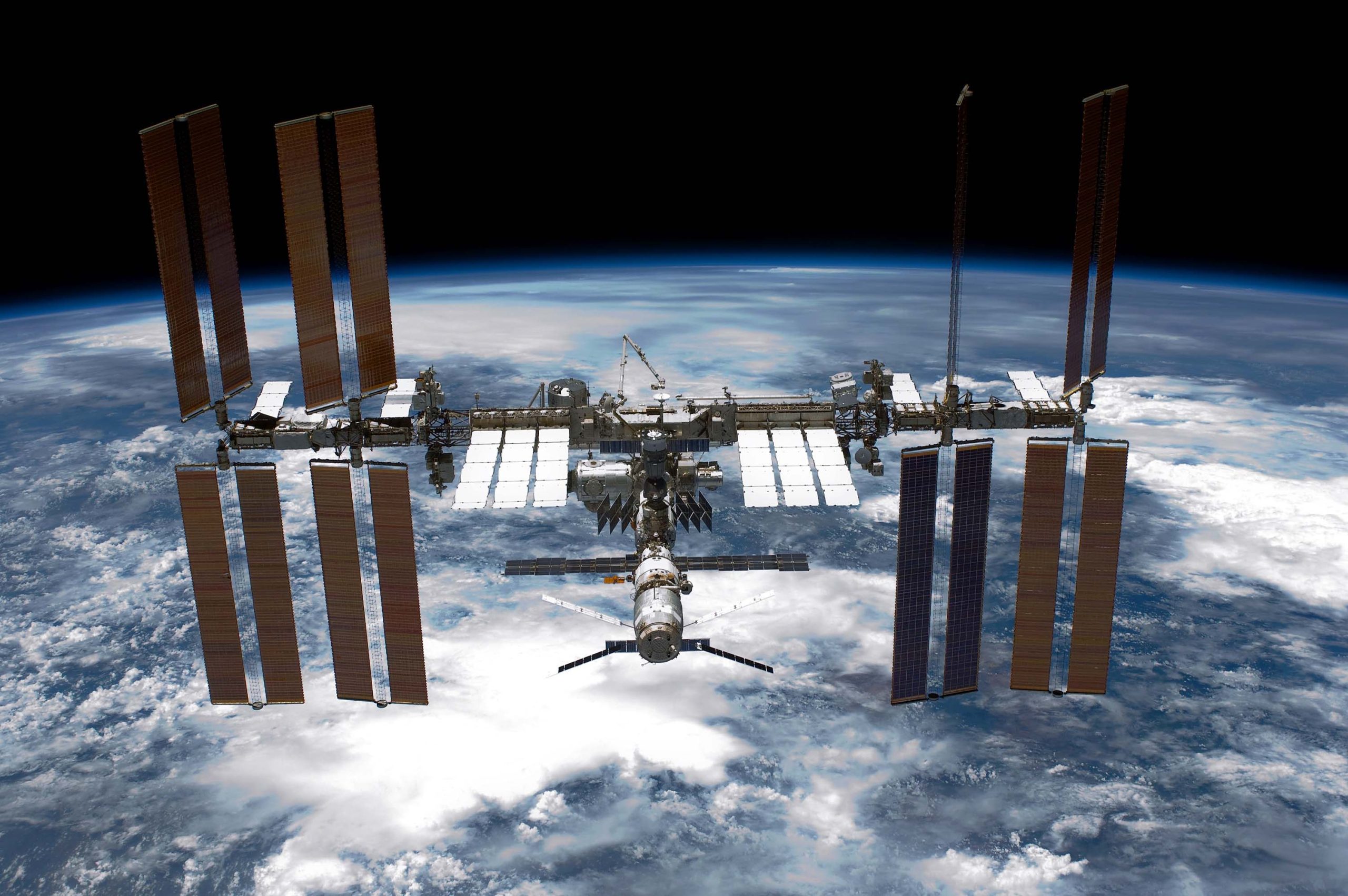
NASA will pay SpaceX up to nearly US$1 billion ($1.5 billion) to develop a vehicle capable of steering the International Space Station out of orbit to its final resting place when the federal agency and its partners retire the orbiting laboratory in the coming years.
The SpaceX-made vehicle could launch later this decade. It would latch onto the International Space Station — a nearly one million-pound (453,000-ton) structure roughly the size of a football field — and guide the craft as it plunges out of Earth’s orbit.
The deorbit vehicle and the space station are expected to slam back into the thick planetary atmosphere while still traveLling more than 27,359 kilometres an hour.
READ MORE: Millions to take home bigger pay packets from today
SpaceX will receive up to US$843 million ($1.26 billion) for the task, NASA said last week. The space agency declined to say how many companies submitted proposals for the deorbit vehicle contract.
The federal agency operates the International Space Station alongside Roscosmos, the Russian space agency, which controls a key wing of the station and propulsion modules. The Japan Aerospace Exploration Agency, or JAXA, the European Space Agency and the Canadian Space Agency also play roles in its operations.
NASA noted in a news release that “the safe deorbit of the International Space Station is the responsibility of all five space agencies.”
The federal agency, however, did not say if its international partners would shoulder some of the cost of SpaceX’s contract for building the deorbit vehicle. A spokesperson for NASA did not immediately respond to a request for comment on the matter.
READ MORE: Democrat insiders say they’ve been ‘gaslit’ over Biden’s debate stumble
SpaceX also did not respond to a list of emailed questions regarding the contract. The company typically doesn’t respond to inquiries from news organisations.
In prior documents, NASA said that it hoped the deorbit vehicle could be launched by December 2028. But the space agency stipulated that it would only require that the vehicle be ready by 2029.
Exactly when the space station will cease operations is not clear.
In the news release, NASA noted that it is committed to continuing space station operations through 2030. But Roscosmos has only guaranteed its participation through “at least 2028.”
NASA has stressed that the space station provides a crucial platform for its astronauts to conduct science experiments and carry out research for future missions deeper into the cosmos, but the laboratory is rapidly ageing.
READ MORE: Tenerife police call off search for UK teen missing on Spanish island
The station, which is in orbit about 400km above Earth’s surface, has hosted rotating crews of astronauts continuously since 2000.
“Selecting a US Deorbit Vehicle for the International Space Station will help NASA and its international partners ensure a safe and responsible transition in low Earth orbit at the end of station operations,” Ken Bowersox, associate administrator for NASA’s Space Operations Mission Directorate, said in a statement.
“The orbital laboratory remains a blueprint for science, exploration, and partnerships in space for the benefit of all.”
NASA has long said that it plans to hand over operations in low-Earth orbit — the area of space closest to Earth where the space station currently operates — to the private sector. Commercial companies will be free to build their own orbiting laboratories, space hotels or other ventures.
Meanwhile, NASA plans to turn its focus to exploring deeper into the solar system. The agency’s Artemis program, for example, seeks to return astronauts to the moon’s surface by 2026 and eventually establish a permanent lunar outpost.
FOLLOW US ON WHATSAPP HERE: Stay across all the latest in breaking news, celebrity and sport via our WhatsApp channel. No comments, no algorithm and nobody can see your private details.
links to content on ABC
9News





